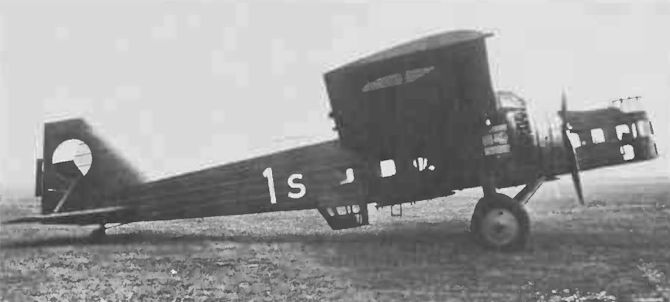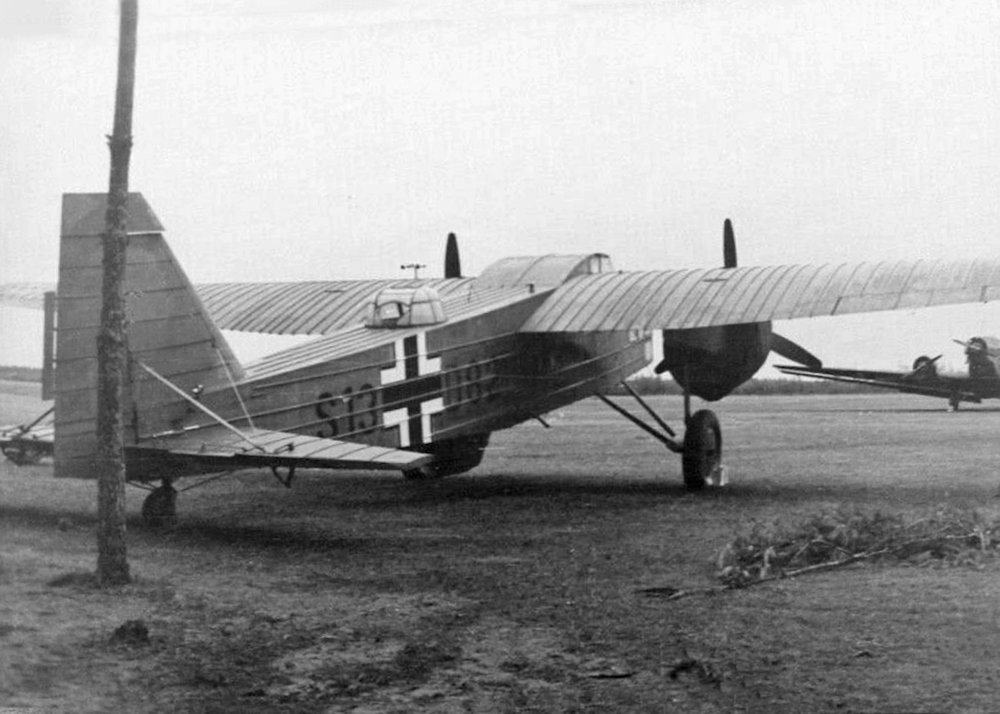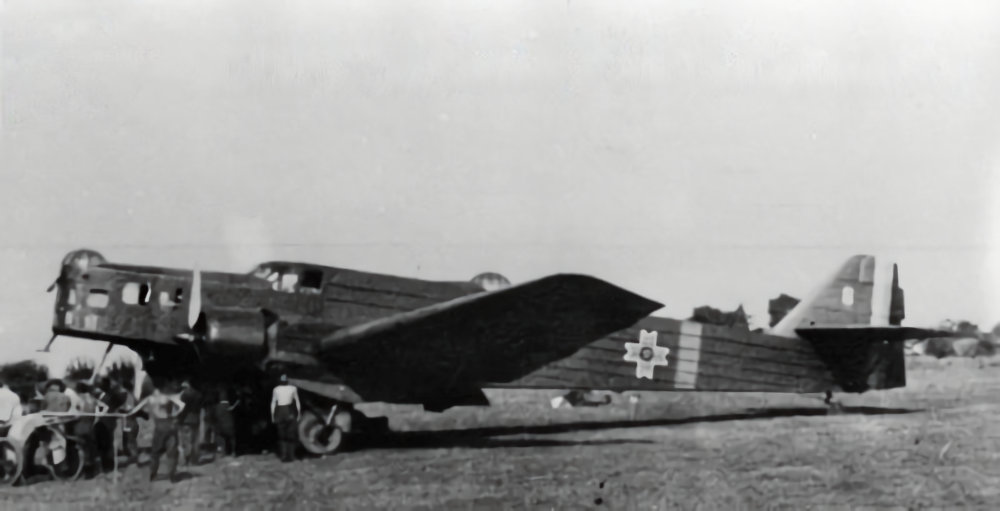Tag: World War Two
-
Bloch MB.200 in Czech Service

Bloch MB.200 in Czech Service Czechoslovakia chose the MB.200 as part of a modernisation program for its air force of the mid-1930s, placing an initial order for 74 aircraft. After some delays, both Aero and Avia began license-production in 1937, with a total of about 124 built. Czechoslovakian MB.200s were basically similar to their French… Read more
-
Bloch MB.200 in German Service

Bloch MB.200 in German Service The German conquest of Czechoslovakia meant that Czech Aero (Bloch) MB.200s were taken over by the Luftwaffe, including aircraft that were still coming off the production line. As well as serving in the German Luftwaffe, some bombers were distributed to Bulgaria. Read more
-
Bloch MB.210 in Romanian Service

Bloch MB.210 in Romanian Service Romania ordered 24 Bloch 210s in 1938, eventually receiving between 10 and 20 from this order for the Royal Romanian Air Force (ARR). In June 1941, when Romania entered WW2, the MB.210s although obsolete still equipped the 82nd Bomber Squadron. They performed relatively well during the Bassarabian campaign, but in early… Read more